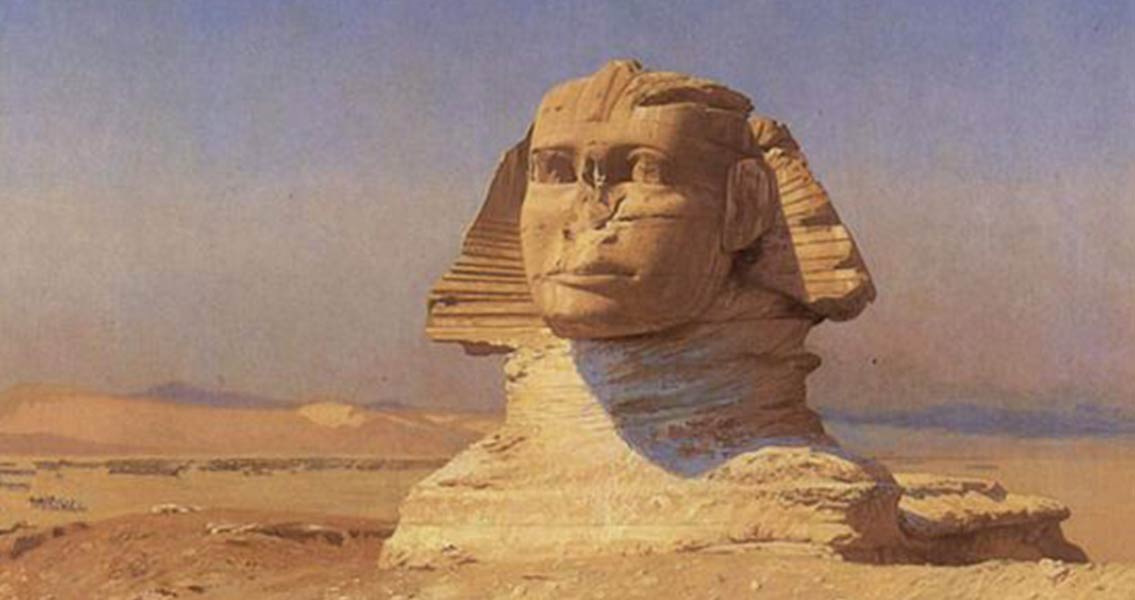<![CDATA[Yes, you read it right. A twentieth century plaster sphinx has been discovered by archaeologists in Guadalupe, California. The enormous plaster sphinx was built 91 years ago for a blockbuster silent film, The Ten Commandments. The approximately 15 feet tall plaster sphinx is one of 21 that lined the road to Pharaoh's town in the 1923 film. The hit movie was directed by Cecil B. DeMille. In 1956 it was remade with sound, with Charlton Heston providing the voice of Moses. Archaeologists commented that the plaster sphinx had been seriously corroded, after being buried underneath the sand and spending a long time in harsh weather conditions. Although they may not have enough time to salvage the sphinx, they have decided to at least uncover this magnificent piece of Hollywood history. The other abandoned sphinxes ultimately buckled under the rain and wind, or were smothered by the unstable sandbanks. The Executive Director of the Guadalupe-Nipomo Dunes Centre, Doug Jenzen, clarified the rationale behind such a detailed prop for a silent film. He mentioned that the Ten Commandments had one of the biggest movie sets ever made at the time. Because of the fact that there were no special effects when the film was produced, anything that the directors wanted to look big, they had to make big! One of the largest pieces from the silent film was the Pharaoh Palace façade, which stood approximately 720 feet across and 12-stories tall. The filmmakers went a long way to make sure the production was as realistic as possible. The movie crew primarily built the body parts of the sphinxes in Los Angeles, and later transported them roughly 165 miles away to Guadalupe, where they were assembled into hollow statues. Jenzen said that the film crew even made an additional sphinx to allow the actors playing slaves to draw it around during filming. There is a legend about the film, that once filming was completed the crew blew up the set and buried the sphinxes. No proof of such a dramatic end has yet been found by the archaeologists. As an alternative, it is assumed that sand, rain and wind probably collapsed and covered a big portion of the set beneath the ever-shifting sandbanks. Jenzen said that the sphinx is in roughly the same position it was at the time of filming. Indeed, the film itself played a vital role in guiding a 2012 excavation of the site. It seems that after the end of filming, the movie crew simply left the site and went on with their lives. As a result, many exciting items have been unearthed during the excavations of the place. Jenzen said that an initial excavation that took place in the 1990s had the archaeologists comb through the discarded site. They found many small artefacts including cough syrup bottles and tobacco tins, that provided an insight into the lives of the film crew in the 1920s. ]]>
Archaeologists Have Uncovered a big 91-Year-Old Sphinx in California Sand Dunes
